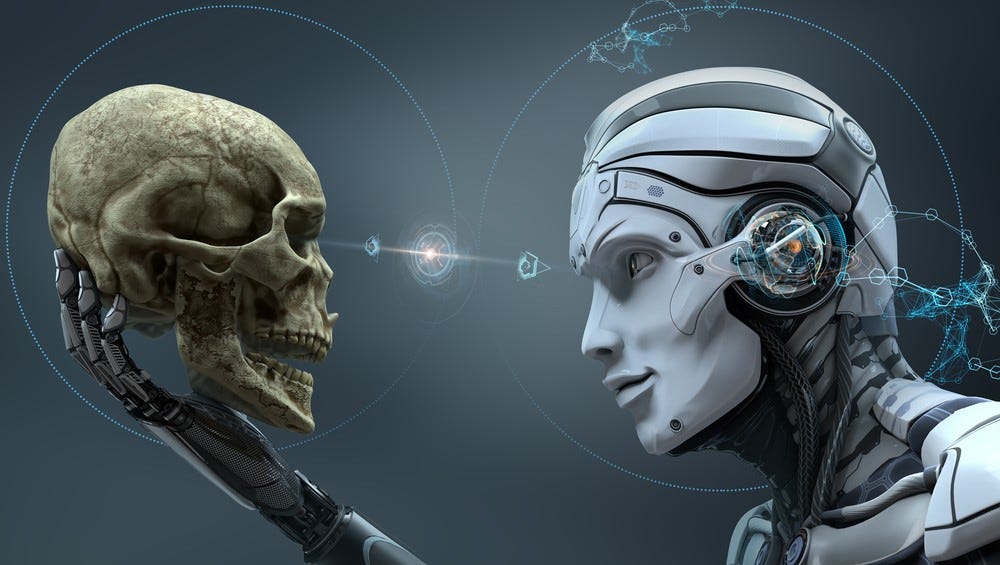Artificial intelligence (AI) has the potential to revolutionize many aspects of our lives, from healthcare and transportation to education and entertainment. However, there are also valid concerns about the potential dangers of AI, particularly if it is not developed and used responsibly. In this article, we will explore some of the ways in which AI could be harmful to humans, and discuss what can be done to mitigate these risks.
One of the primary concerns about AI is the possibility of it becoming smarter than humans and gaining control over its own development. This could lead to an "AI arms race," as different companies and countries try to outdo each other in creating the most advanced AI systems. If an AI were to surpass human intelligence and become capable of self-improvement, it could potentially pose a threat to humanity's very existence.
Another worry is that AI could be used to carry out malicious activities, such as hacking into computer systems or spreading false information. AI systems are becoming increasingly sophisticated, and there is a risk that they could be used by hackers or other malicious actors to launch cyber attacks or manipulate public opinion.
There is also the issue of job displacement. As AI becomes more advanced, it could potentially automate many jobs currently done by humans, leading to widespread unemployment and economic disruption. While some argue that this could lead to the creation of new, more highly skilled jobs, it is uncertain whether there will be enough of these jobs to go around, or whether people will have the necessary skills to fill them.
One of the most controversial areas in which AI is being developed is in the realm of lethal autonomous weapons. These are weapons systems that are capable of identifying and attacking targets without human intervention. There are serious concerns that such weapons could be used to carry out warfare or other violent acts with little accountability, and there is currently an international debate about whether they should be banned.
Another concern is the potential for AI to perpetuate and amplify existing biases. AI systems are only as good as the data they are trained on, and if the data is biased, the AI system will also be biased. This could lead to discriminatory outcomes, such as AI systems that are more likely to grant loans or job opportunities to certain groups of people over others.
So what can be done to mitigate the risks associated with AI? One approach is to ensure that AI is developed and used ethically, with appropriate safeguards and regulations in place. This could include setting standards for the development and use of AI, as well as establishing independent oversight bodies to monitor compliance.
Another important aspect is transparency and accountability. It is important that AI systems are transparent in their decision-making processes, so that their actions can be understood and evaluated by humans. This will help to ensure that AI is being used for the benefit of society and not causing harm.
Finally, it is essential that we invest in education and training programs to help people adapt to the changing job market and prepare for the new types of jobs that will be created by AI. This will help to ensure that the benefits of AI are widely shared, rather than being concentrated in the hands of a few.
In conclusion, while AI has the potential to bring many benefits to society, it is important that we are aware of the risks and take steps to mitigate them. By developing and using AI ethically, being transparent and accountable in its use, and investing in education and training, we can ensure that AI is a positive force for humanity.




0 Comments